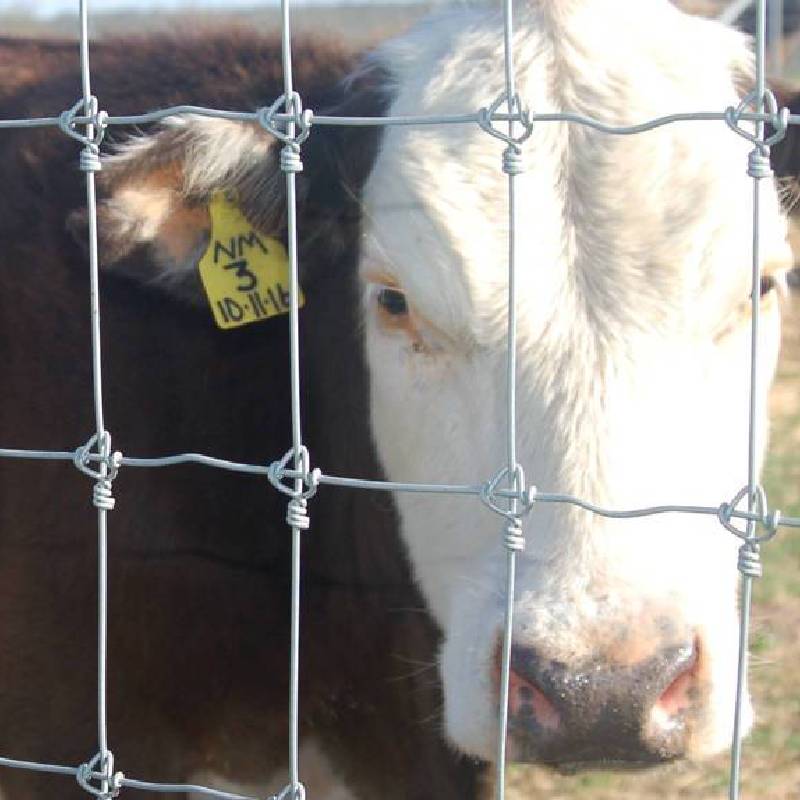
- Mobile Phone
- +8613931874955
- sales@cntcmetal.com
cattle fencing materials
When it comes to cattle farming, one of the most crucial aspects is ensuring the safety and well-being of the cattle. A key element in achieving this goal is the proper fencing of pastures and enclosures. Cattle fencing materials play an important role in providing both security and functionality to farms, and understanding the options available can help farmers make informed decisions.
The most common types of fencing materials used for cattle include barbed wire, woven wire, electric fencing, and wood
. Each of these materials has its unique advantages and specific use cases.Barbed wire is popular due to its cost-effectiveness and durability. It can deter animals from attempting to escape or pushing against the fence. Typically, barbed wire fencing is installed in several strands, enhancing its strength. However, while it is effective for keeping cattle contained, it may not be the best option for more gentle animals or young calves, as the sharp edges can cause injury.
Woven wire, on the other hand, offers a great combination of strength and safety. It is constructed with horizontal and vertical wires, making it difficult for cattle to push through. This type of fence is especially suitable for herding livestock since it can also contain smaller animals, preventing them from getting through the gaps. Although woven wire can be more expensive initially, its longevity and low maintenance often make it a worthwhile investment for many farmers.
cattle fencing materials

Electric fencing is another innovative solution that has gained popularity in recent years. It uses electric currents to create a psychological barrier for cattle, encouraging them to stay within designated areas. This type of fencing is highly adaptable; it can be used alongside other types of fencing or as a standalone solution. Farmers appreciate the ease of installation and the effectiveness of electric fencing in managing livestock movement.
Lastly, wooden fencing is a traditional choice that is aesthetically pleasing and can be highly effective when constructed properly. While it may require more maintenance than other materials, and can be more expensive initially, wooden fences provide a strong boundary that can last many years if treated well.
In conclusion, selecting the appropriate cattle fencing material depends on several factors, including budget, landscape, and the specific needs of the cattle. By understanding the different types of materials available, farmers can better protect their livestock and optimize their cattle farming practices. Ultimately, investing in quality fencing ensures the health and safety of cattle, leading to a more productive and sustainable farming operation.
share:
-
Your Source for Concrete Wall Ties and Masonry AccessoriesNewsJul.10,2025
-
Unlocking the Power of Iron Wire for Every ProjectNewsJul.10,2025
-
Explore Advanced Chain Wire and Stainless Steel Mesh FencingNewsJul.10,2025
-
Discover the Benefits of Annealed Wire ProductsNewsJul.10,2025
-
Discover China Stainless Steel Wire Mesh SolutionsNewsJul.10,2025
-
Build with Confidence Using High-Performance Masonry AccessoriesNewsJul.10,2025
-
Why Sacrificial Formwork Is Redefining Underground ConstructionNewsJun.06,2025



















